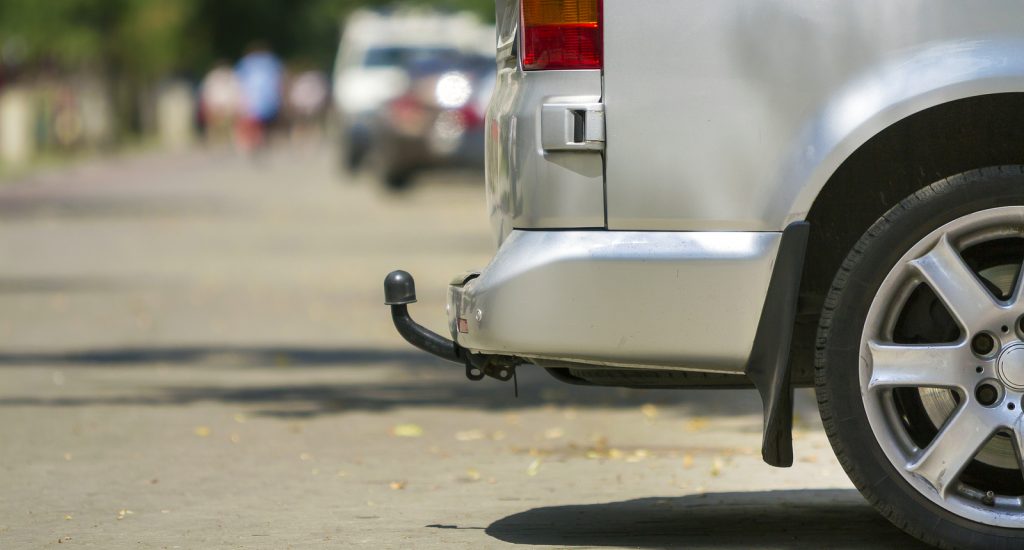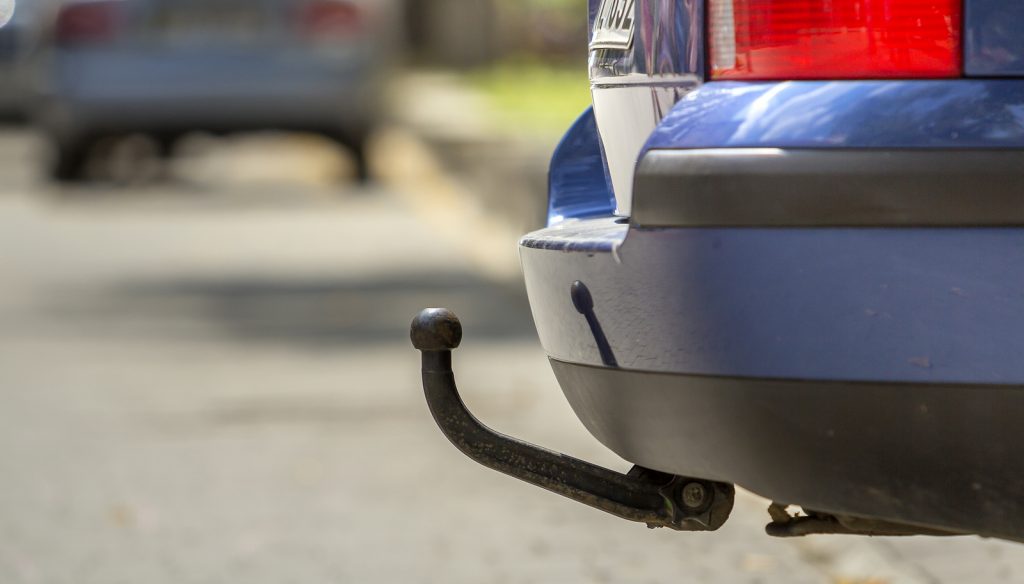Drivers tow vehicles mostly out of necessity, but also for convenience. By taking your own personal vehicle with you on your trip, you can save money on taxis, Übers, Lifts, trains, trolleys, buses, and fees to professionally transport a car long distances. If you are planning a road trip that requires you to tow your car, truck, or boat, be sure you know exactly what you need to set everything up correctly. There are 5 basic components you need for a flat tow, plus several other accessories that can enhance both safety and control on the road.
Continue reading to review the 5 basic flat tow components, and who to call for trusted flatbed towing in Indiana if you don’t feel comfortable towing on your own.

❶ Tow Bar
The tow bar is the ultimate basic component because it is the piece that essentially connects your towing vehicle with the towed vehicle. Read our blog, “Basic Facts About Tow Bars” to get understand tow bar assembly better, including popular types of tow bars to choose from.
❷ Base Plate Kit
Base plate kits are vehicle-specific, which means you must be sure you get the right one that matches your make and model vehicle. These custom-designed base plates are installed on your car’s frame, which fits perfectly and provides attachment points for a tow bar.
❸ Safety Cable Set
You can never have too much safety or control when towing a trailer or vehicle on the open road. A safety cable set will provide this assurance and keep you in adherence with state law. They are designed to keep your dinghy attached to your towing vehicle, and prevent swaying.
❹ Tow Bar Wiring
Another state law required component for your flat tow set-up is tow bar wiring, which is a lighting system on your dinghy that operates in sync with your towing vehicle’s tail lights. Choose from removable exterior light kits, separate tail light bulb kits, and more.
❺ Supplemental Braking System
The importance of a supplemental braking system for your flat tow operation is explained in the name. Having an extra set of back-up brakes on your dinghy provides added braking power and reduces wear and tear on both vehicle’s brakes. Furthermore, they are requires under law in most states.
Indiana Towing Experts Here to Help

Call Zore’s Towing at 317-247-8484 for prompt, 24 hour towing and roadside assistance in Indianapolis and its surrounding counties. Our licensed towing and recovery division retains an extensive fleet of over 35 tow trucks and wrecker equipment, allowing us to assist drivers 24 hours a day, 7days a week, and 365 days a year, rain, snow, or ice. Request a free estimate, anytime.

